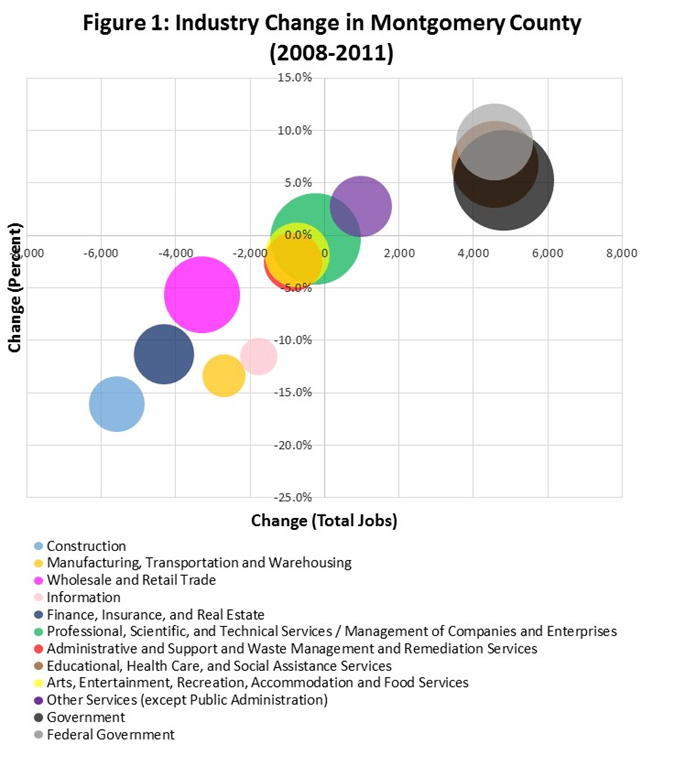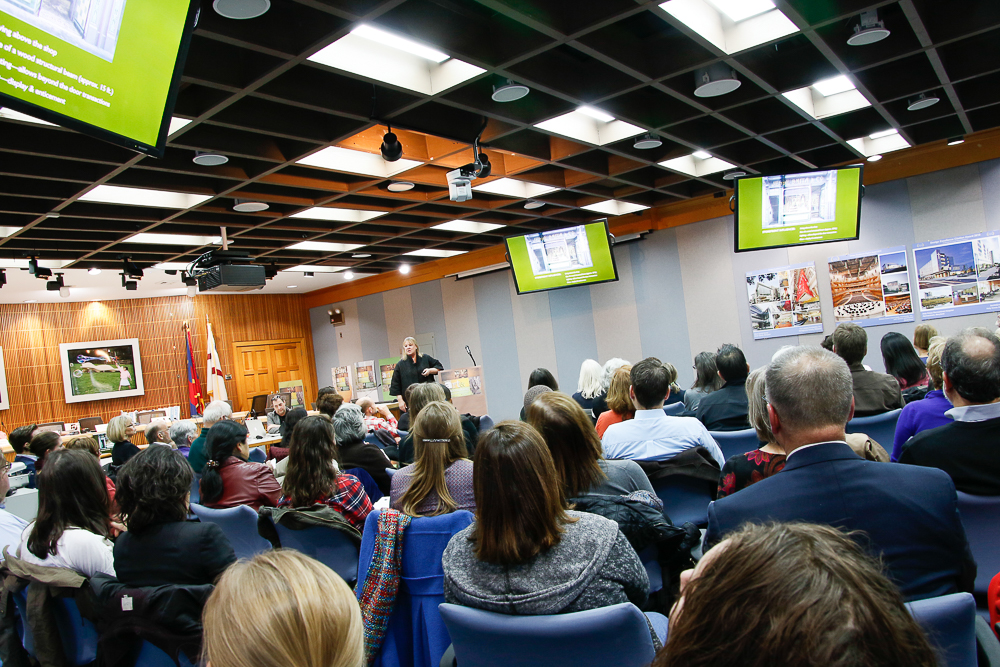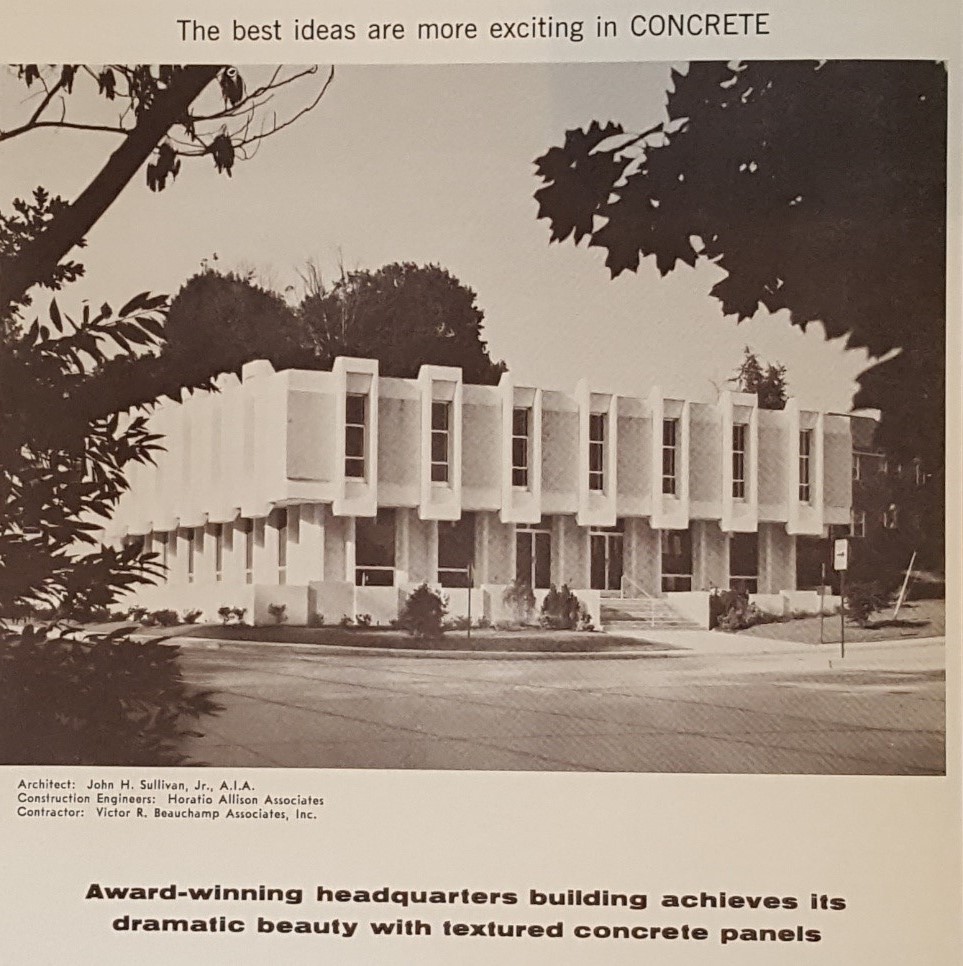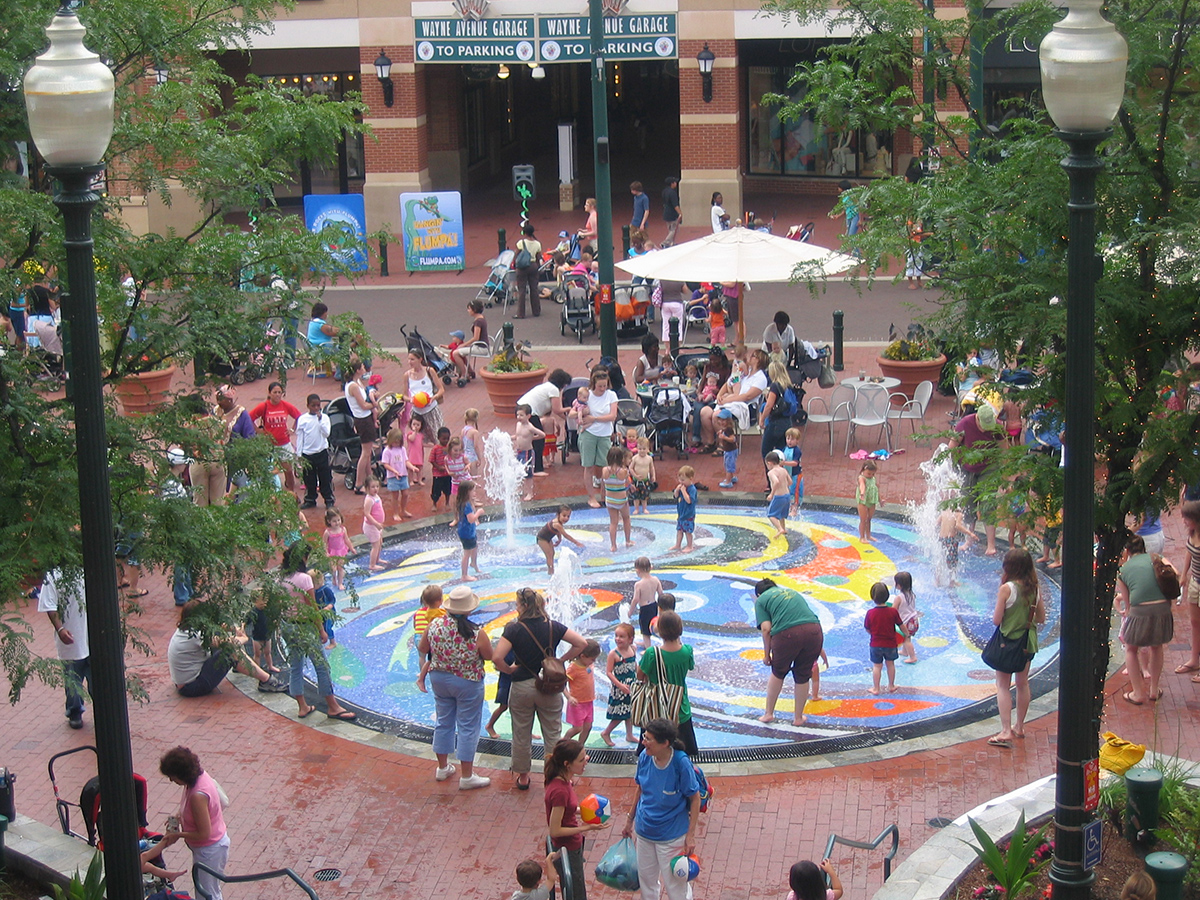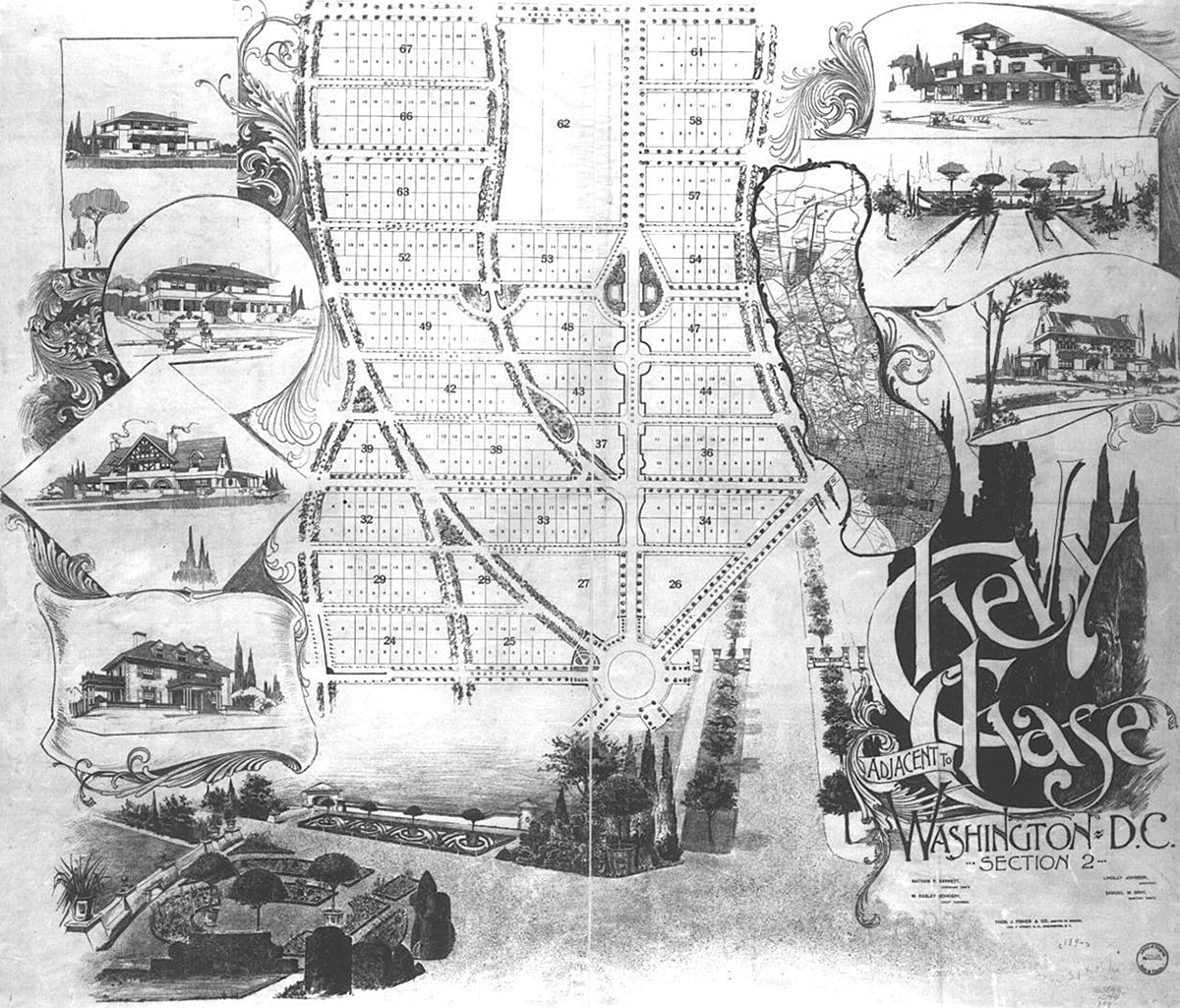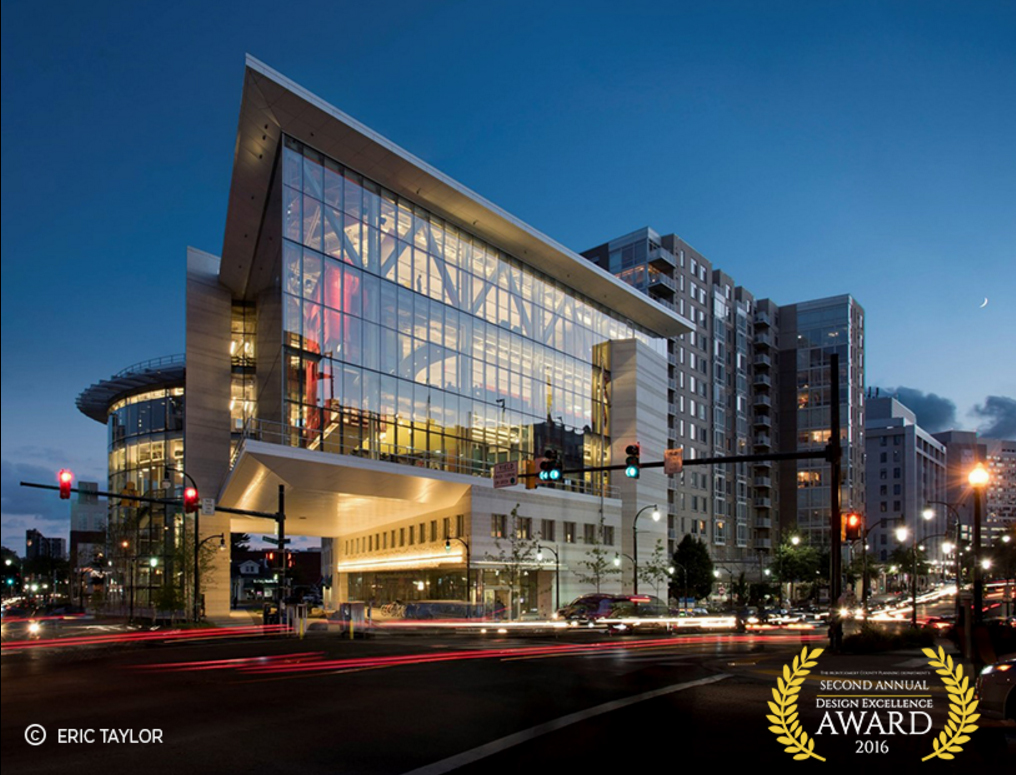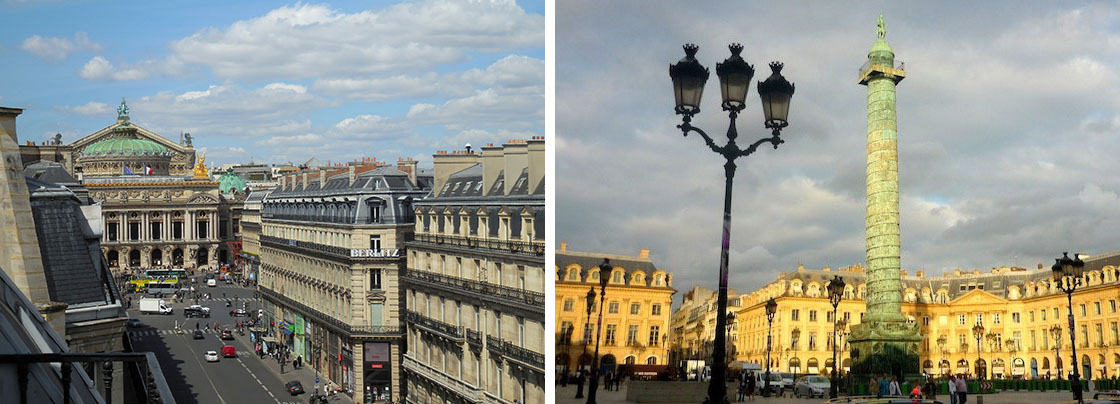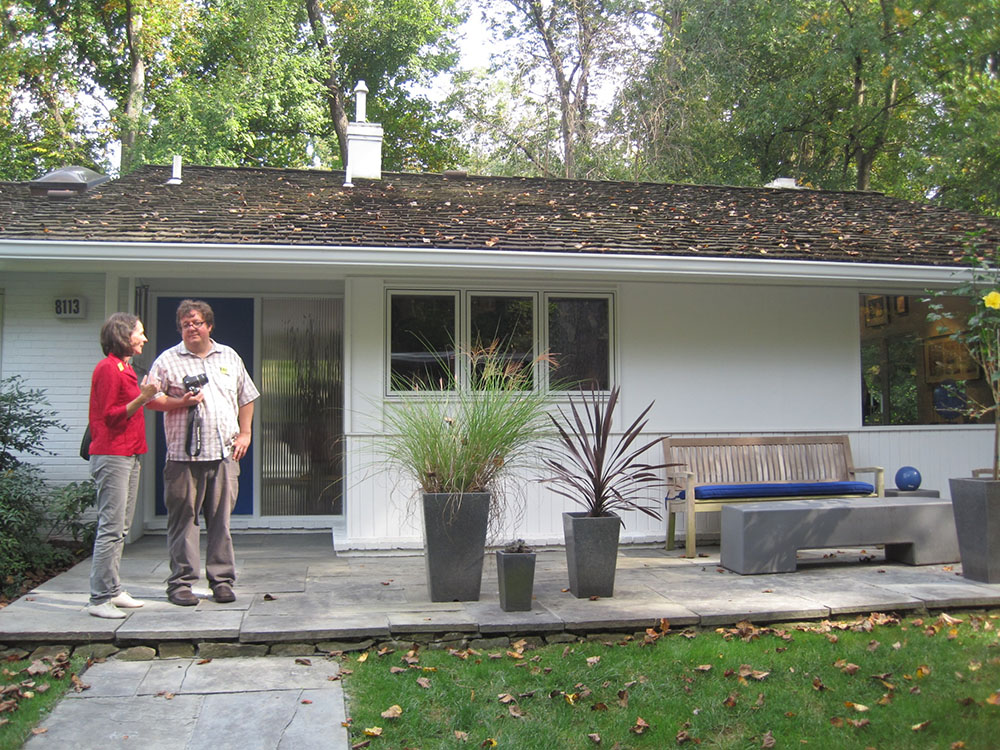
Initial findings show that Montgomery County’s housing market is unbalanced, particularly for low-income residents
Low income residents in Montgomery County face a shortage of rental units matching their ability to pay, according to an ongoing study of rental housing. So far, the study has found that the existing rental housing market in the county is unbalanced at both the lowest and highest ends of the market. The market is short 20,000 units priced appropriately for households earning less than 30 percent of area median income (AMI) or $28,900. In addition, it is short 13,000 units priced to target households earning more than 120 percent of the area median income or $115,560.
Figure 1.) Supply/Demand Equilibrium for All … Continue reading

